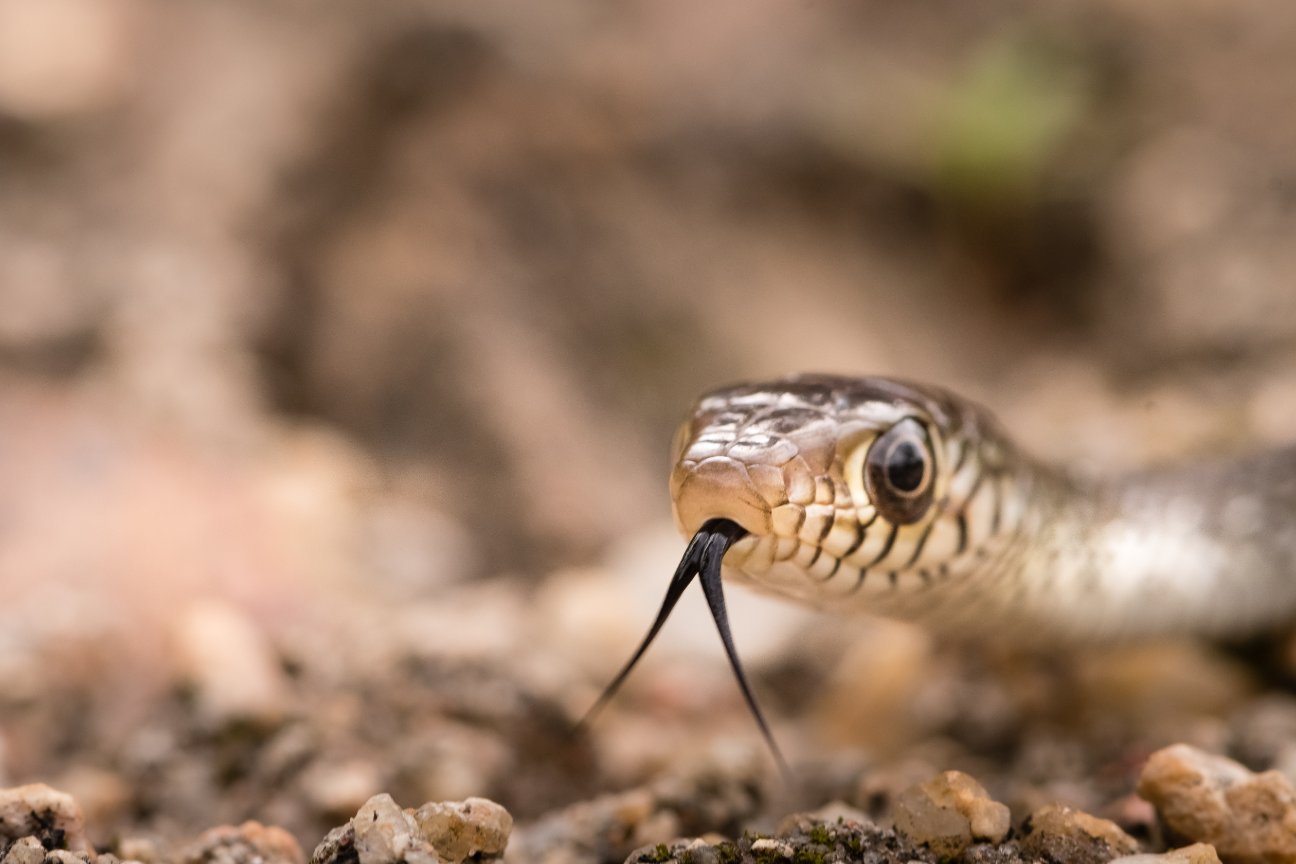Snakes are found all over India, including metropolitan cities. Although difficult to spot, they exist. Here’s my take on snakes and the importance of coexistence.
Living in a natural environment surrounded by all kinds of creepy crawlies in my vicinity, the first thing I do before heading out for a walk is checking the insides of my shoes. With the temperatures ranging from cool to cold at night, shoes are one of the cosiest and comfortable corners for reptiles, and it is best to rule out the possibility of a scorpion or snake curled up inside.
Snakes are found in all of India, including metropolitan cities. Although it isn’t easy to spot a snake in the city, they do exist and will be seen in the grass in the park, in the drain along the road or below some rocks at a construction site. They play an important role in balancing the ecosystem, and while it may be natural to be afraid at the sight of one, it is critical to understand their contribution to the environment. Killing a snake is potentially one of the most detrimental things one could do, resulting in an explosive population of rodents, the spread of diseases, and unavailability of prey for larger animals. Ironically, a necessary ingredient in the production of anti-venom is venom collected from snakes themselves (without killing them), so they are also the only source of the antidote that is necessary to protect us from snake bites!
The species count for snakes in India crosses 200, and at least 50 of these are mildly dangerous. However, once you rule out sea snakes, snakes that are in inaccessible habitats and snakes that are not lethal, it comes down to very few snakes that one must be careful about (literally 4 snakes easily identifiable for most parts of India). It only takes a few minutes to learn about the types of dangerous snakes in one’s environment and what one must do to stay out of harm's way.

Did you know that our planet is home to over 3,000 species of snakes? (Image Courtesy- NileshShah-Shutterstock)
Sadly, as is the case with most wildlife humans are afraid of, snakes are also victims of unpleasant customs and beliefs. Festivals that believe in the worship of snakes may sound like a caring occasion, but they cause far more harm than good. Snakes are displaced from their natural habitat, fed milk and sugar which isn’t part of their diet, mouths are sewn up so that they can be handled for worship and then killed or left to starve without the ability to hunt any more.
An important part of protecting snakes is to spread awareness about snakes, their importance in the ecosystem, the potential dangers when interacting with a snake and what must be done in case of snake bites.
In the wild, interaction with snakes can be a more pleasant experience. One of the nicest sightings one may have of a snake in the wild is when you spot one sitting perfectly still, soaking in the surroundings. On a cold winter morning, the snake is quick to occupy the only sunny spot on the rock, while on a hot day it cools down in shallow water. One can easily identify with patterns of reptiles when we match our own habits with theirs, and suddenly it is far easier to connect and understand them.